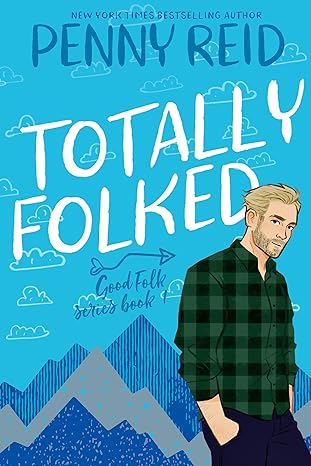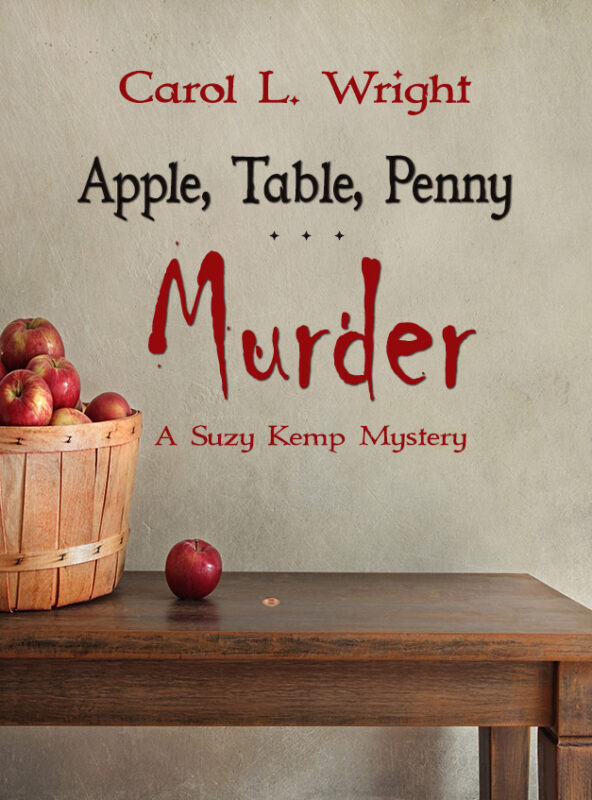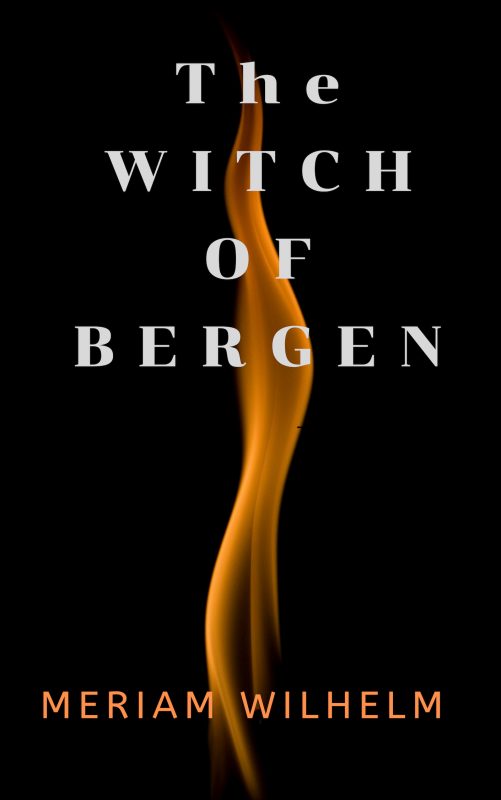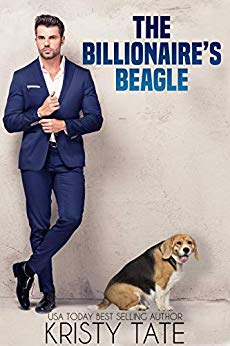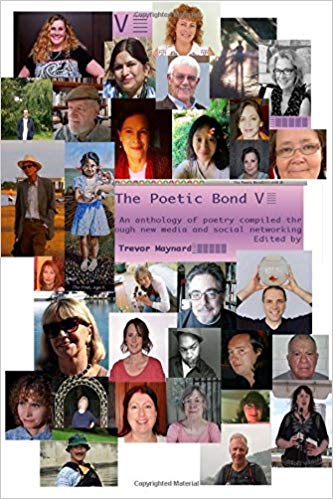What A Dog!
May 15, 2012 by A Slice of Orange in category Archives tagged as Animals, cats, Craft, dogs, horses, Pets, Rebecca Forster, thrillers, writing |
| My grand dog Tucker |
As an author and a reader I had to ask myself: Why is a book that includes animals richer, more entertaining, and more engaging than one without? The answer was simple: Animals bring out the best and the worst in a human character. This makes for great drama and provides an emotional touch point that is critical for an exciting read.
Max-the-Dog (his legal name) was originally created as a reflection of Josie, his mistress. Both had been abandoned, both had to fight for their lives, both were protective of others. But Max became so much more than Josie’s mirror as the series unfolded.
Here are four ways Max made a difference in the witness series:
HE ENHANCED HUMAN CHARACTERIZATION: Those who attack him were inherently more evil than a bad guy who ignored him. Those who love Max were more admirable because they cared for and protect him.
HE WAS AN ANIMATED SOUNDING BOARD: Internal dialogue can be tedious. Allow a character to speculate to an animal and the rhetorical questions or monologues sound natural.
HIS PRESENCE SET A TONE: A scene tone can be set by the way a human character speaks to or interacts with an animal counterpart. A whispered warning creates a much different tone than a screaming command; a languid pet conjures up different visions than a playful ruffling of fur.
HE HELPED MOVE THE PLOT FORWARD: An animal’s needs can put a human in a place they might not have been in. For instance, in Privileged Witness, Josie took Max out for his evening constitutional and ran into her fugitive client who was hiding outside. Without Max, Josie would have no reason to go outside and never would have discovered her client. An animal’s heightened senses can also assist a human to warn of danger or alert a human to a change in their surroundings.
From The Hound of the Baskervilles to Lassie and Blue Dog, My Friend Flicka and The Black Stallion, The Cheshire Cat and Puss-in-Boots, animals have frolicked as humans, served to reflect human frailties and strengths, and just plain worked their way into reader’s hearts because of who they are.
So, to the kind lady who was concerned about Max, have no fear. He will never come to a violent end. No matter what happens to him, his presence or lack thereof, will be a decision motivated by story and plot and, of course, love, because Max is as real to me as if he sat at my feet while I wrote my stories.
*Hostile Witness is free for all e-readers and is also available in print.
1 0 Read more
Spending Time with Mom
May 9, 2012 by Marianne H. Donley in category Archives tagged as Kitty BucholtzNon-Fiction to ‘Smut in the City’: Calls for Submissions
May 1, 2012 by A Slice of Orange in category ArchivesPayment:
 Contributors whose essays are chosen for the anthology will receive a $20 payment plus a free Smashwords coupon to download the anthology upon its release.
If you haven’t read it yet, you should….
April 24, 2012 by A Slice of Orange in category ArchivesI’ve just finished re-reading Deborah Tannen’s early work (1990), You Just Don’t Understand. She’s a linguistic professor who has published some bestselling titles (That’s Not What I Meant, Talking 9-5). I’d read it ages ago, when it first came out & found it both interesting and helpful. Rereading it offered new insights.
If you’re a romance reader or writer, I expect you’ve heard the comment, “The whole story was just based on a misunderstanding! A five minute conversation would have cleared everything up on page two…!â€
Well, spending five minutes with YJDU will clarify that communication between the sexes is rife with misunderstanding. That males and females—from the very beginning—bring quite different assumptions to conversations (both speaking and listening) and those assumptions can create significant misinterpretation, misunderstanding, frustration, anger, unhappiness, alienation and disappointment. A better understanding of the underlying assumptions on both sides can really help realign expectations and diminish misinterpretation. Additionally, the stories and research offer reassurance that you are not alone in your confusion, hurt, and frustration.
Before I became a romance editor and made my living on the differences between the sexes, I remember having a conversation with the father of a woman who had finally announced her engagement to her long-time partner. The couple hadn’t gotten married because their respective families didn’t approve of the relationships due to their being from different races or religions (can’t recall the issue).
The parent was earnestly explaining to me that he wasn’t racist (or whatever) but that building a successful marriage was so hard, and if the two parties came from totally different cultures, different upbringings, different experiences, that it would be that much harder to find the common ground needed to create a strong partnership.
As I listened, I sympathized—all his concerns were valid. And then I looked him in the eye and said, you know, I have never heard such a compelling treatise on the benefits of homosexual marriage. I mean with heterosexual relationships, you are asking people of the opposite sex to figure out a way to live together. Not easy! There’s a reason it’s called the opposite sex….
Yes, when you think about building a strong partnership between two people who are different sexes, have totally different bodies, bring different assumptions, expectations and world view, have different conversational styles (in some ways a different language), and were raised differently, it’s clear heterosexual marriage is not easy. That challenge has fueled countless stories, poems, songs and is often one of the central challenges of our lives.
It’s not easy to understand the opposite sex, but YJDU does give some helpful insights. Tannen opens with a perspective that had a lot of resonance for me: that all conversation has two diametrically opposed goals.
One is to connect, to reach out, to feel a bond with another, to feel part of the greater whole of humankind.
The other is the desire to maintain your sense of self, your autonomy, your uniqueness, your individuality and separateness.
Tannen indicates (my interpretation) that these simultaneous and opposite goals are present in every conversational interaction for both men and women. But she notes that men often have a slight default to autonomy in that 180 degree spread. And that women often have a slight default to connection. And that slight difference can and often does create a significant communication gap between the sexes.
If you think about it, much of “politeness†(which can vary significantly in different cultures) has been created to enable people to communicate and connect in a non-threatening way. To enable others to feel ‘safe’ in connecting, reassured that they are not being asked to lose their autonomy or sense of self.
Romances are all about the puzzle of how to be both an individual and be part of a team. And many address the challenge of having the woman need to nurture her sense of self, validate her right to her own individuality and needs in order to balance her natural tendency to compromise for others. And additionally presenting the flip side: of having the man appreciate that there are appropriate and necessary compromises that he must make to be part of a team, and to learn to appreciate the unique gifts that that connection will bring.
So if you haven’t read it yet, check it out. And vive la différence!
Isabel Swift
Loose Ends, Nuts & Bolts, Sticky Notes…and of course Love Actually!
April 24, 2012 by A Slice of Orange in category Archives| Jill Sorenson, Tessa Dare, DeAnna Cameron, & Dee J. Adams |
But what you really want to hear about is the writer’s right?
Saturday we started with a panel titled “Fiction: At Loose Endsâ€. I wasn’t sure where the discussion would lead, and apparently neither were the panel members, at first. It didn’t take them long to find a direction though, and they soon had me taking notes like a mad woman. Did I mention that I left my notebook at home, and ended up taking notes on the sticky pad that I keep in my purse??
The panel was an eclectic group of authors including author/moderator Rachel Resnick, and authors Eleanor Henderson, Seth Greenland, Josh Rolnick and Jervey Tervalon. The discussion was quick, witty, and intelligent, focusing on the idea that loose ends are what give us a story to tell. Clearly a plot must have loose ends that a character needs to tie together in order to resolve the issues in the story. The consensus was that if everything was ‘all neat and tidy’ it wouldn’t be worth reading.
We selected “Publishing: Nuts & Bolts†for our afternoon panel, new session, entirely different feel, and of course a different focus. We went from the craft of writing to the business of writing with moderator Patrick Brown of Good Reads, agent Betsy Amster, George Gibson, publishing director of Bloomsbury, John Tayman, founder and CEO of Byliner.com and Robert Weil executive editor of W. W. Norton. We all know how much turmoil there has been in the publishing industry the last few years, but the bottom line from these experts? Writer’s still need to write a good story, and to write a good story, we have to read.
The highlight of the day for me was sitting in the beautiful Bovard Auditorium on the USC campus and listening to author Judy Blume talk about her life as a writer. Like so many women my age and younger. I read Blume’s, Are You There God? It’s Me Margaret, when I was twelve years old. I hid it beside my bed and read late at night under the sheets with a flashlight because I knew my mother wouldn’t approve. Years later I read the Fudge books and Tales of a Fourth Grade Nothingwith my boys. The auditorium was filled with adoring readers of all ages. When the lights came up for questions, fans flocked to the microphones placed in the aisles to tell Judy Blume how her books had motivated them to read, touched and even changed their lives. Now that’s inspiration!
Sunday, more tote bags, more books and more writers.
Once again we found ourselves seated in the lovely Bovard Auditorium, this time to hear Anne Rice speak about her writing career. It was fascinating to hear her speak after hearing Judy Blume. It’s fascinating to hear Anne Rice speak any day, but following Judy Blume was interesting. Both women began their writing careers in the 1970’s. Both women wrote stories that broke barriers and changed what made it to bookstore shelves and onto our bookshelves at home. Both women have multitudes of old fans lining up for their next story, new fans lining up for their backlist, all wanting their signature, all wanting to feel their magic. I was just one of many.
We attended only one panel Saturday, but it was, of course, the most important. The topic was “Fiction: Love Actuallyâ€. The panel members were author/moderator Dee J. Adams, authors Jill Sorenson, Tessa Dare and DeAnna Cameron. All RWA members, and Tessa and DeAnna are of course, OCCRWA members. It was exciting to see these women that I know, real women…I hope they don’t mind me saying that…up on stage talking about the topic I love best. Writing romance. The ladies discussed their writing processes, unique research methods, first sales, and the changes in the industry. Although we were told we couldn’t take pictures, my hubby, Paul couldn’t resist sneaking a few pics of these talented ladies. He said they were ‘the best looking panel’ at the Festival. He was right, but they also gave a fabulous presentation.
So I left The Festival of Books with tote bags filled with reading material and a sticky pad filled with notes…yes, I forgot to grab my notebook Sunday as well. I also left with a renewed motivation and plenty of inspiration. I’ve already marked the date for the 2013 Festival of Books on my calendar….fourth weekend in April. Hope to see you there!!
Affiliate Links
A Slice of Orange is an affiliate with some of the booksellers listed on this website, including Barnes & Nobel, Books A Million, iBooks, Kobo, and Smashwords. This means A Slice of Orange may earn a small advertising fee from sales made through the links used on this website. There are reminders of these affiliate links on the pages for individual books.
Search A Slice of Orange
Find a Column
Archives
Featured Books
APPLE, TABLE, PENNY . . . MURDER
How can you explain a disappearance when everyone denies it happened?
More info →THE WITCH OF BERGEN
Travel back through time with Carynn Cinnamon as she embraces romance, witchery, mystery, and joy
More info →THE POETIC BOND V
Celebrating Five Years of Global Poetry Poetry that binds, Poetry that is NOW, Poetry that BONDS.
More info →Newsletter
Contributing Authors
Search A Slice of Orange
Find a Column
Archives
Authors in the Bookstore
- A. E. Decker
- A. J. Scudiere
- A.J. Sidransky
- Abby Collette
- Alanna Lucus
- Albert Marrin
- Alice Duncan
- Alina K. Field
- Alison Green Myers
- Andi Lawrencovna
- Andrew C Raiford
- Angela Pryce
- Aviva Vaughn
- Barbara Ankrum
- Bethlehem Writers Group, LLC
- Carol L. Wright
- Celeste Barclay
- Christina Alexandra
- Christopher D. Ochs
- Claire Davon
- Claire Naden
- Courtnee Turner Hoyle
- Courtney Annicchiarico
- D. Lieber
- Daniel V. Meier Jr.
- Debra Dixon
- Debra H. Goldstein
- Debra Holland
- Dee Ann Palmer
- Denise M. Colby
- Diane Benefiel
- Diane Sismour
- Dianna Sinovic
- DT Krippene
- E.B. Dawson
- Emilie Dallaire
- Emily Brightwell
- Emily PW Murphy
- Fae Rowen
- Faith L. Justice
- Frances Amati
- Geralyn Corcillo
- Glynnis Campbell
- Greg Jolley
- H. O. Charles
- Jaclyn Roché
- Jacqueline Diamond
- Janet Lynn and Will Zeilinger
- Jaya Mehta
- Jeff Baird
- Jenna Barwin
- Jenne Kern
- Jennifer D. Bokal
- Jennifer Lyon
- Jerome W. McFadden
- Jill Piscitello
- Jina Bacarr
- Jo A. Hiestand
- Jodi Bogert
- Jolina Petersheim
- Jonathan Maberry
- Joy Allyson
- Judy Duarte
- Justin Murphy
- Justine Davis
- Kat Martin
- Kidd Wadsworth
- Kitty Bucholtz
- Kristy Tate
- Larry Deibert
- Larry Hamilton
- Laura Drake
- Laurie Stevens
- Leslie Knowles
- Li-Ying Lundquist
- Linda Carroll-Bradd
- Linda Lappin
- Linda McLaughlin
- Linda O. Johnston
- Lisa Preston
- Lolo Paige
- Loran Holt
- Lynette M. Burrows
- Lyssa Kay Adams
- Madeline Ash
- Margarita Engle
- Marguerite Quantaine
- Marianne H. Donley
- Mary Castillo
- Maureen Klovers
- Megan Haskell
- Melanie Waterbury
- Melisa Rivero
- Melissa Chambers
- Melodie Winawer
- Meriam Wilhelm
- Mikel J. Wilson
- Mindy Neff
- Monica McCabe
- Nancy Brashear
- Neetu Malik
- Nikki Prince
- Once Upon Anthologies
- Paula Gail Benson
- Penny Reid
- Peter Barbour
- Priscilla Oliveras
- R. H. Kohno
- Rachel Hailey
- Ralph Hieb
- Ramcy Diek
- Ransom Stephens
- Rebecca Forster
- Renae Wrich
- Roxy Matthews
- Ryder Hunte Clancy
- Sally Paradysz
- Sheila Colón-Bagley
- Simone de Muñoz
- Sophie Barnes
- Susan Kaye Quinn
- Susan Lynn Meyer
- Susan Squires
- T. D. Fox
- Tara C. Allred
- Tara Lain
- Tari Lynn Jewett
- Terri Osburn
- Tracy Reed
- Vera Jane Cook
- Vicki Crum
- Writing Something Romantic
Affiliate Links
A Slice of Orange is an affiliate with some of the booksellers listed on this website, including Barnes & Nobel, Books A Million, iBooks, Kobo, and Smashwords. This means A Slice of Orange may earn a small advertising fee from sales made through the links used on this website. There are reminders of these affiliate links on the pages for individual books.


